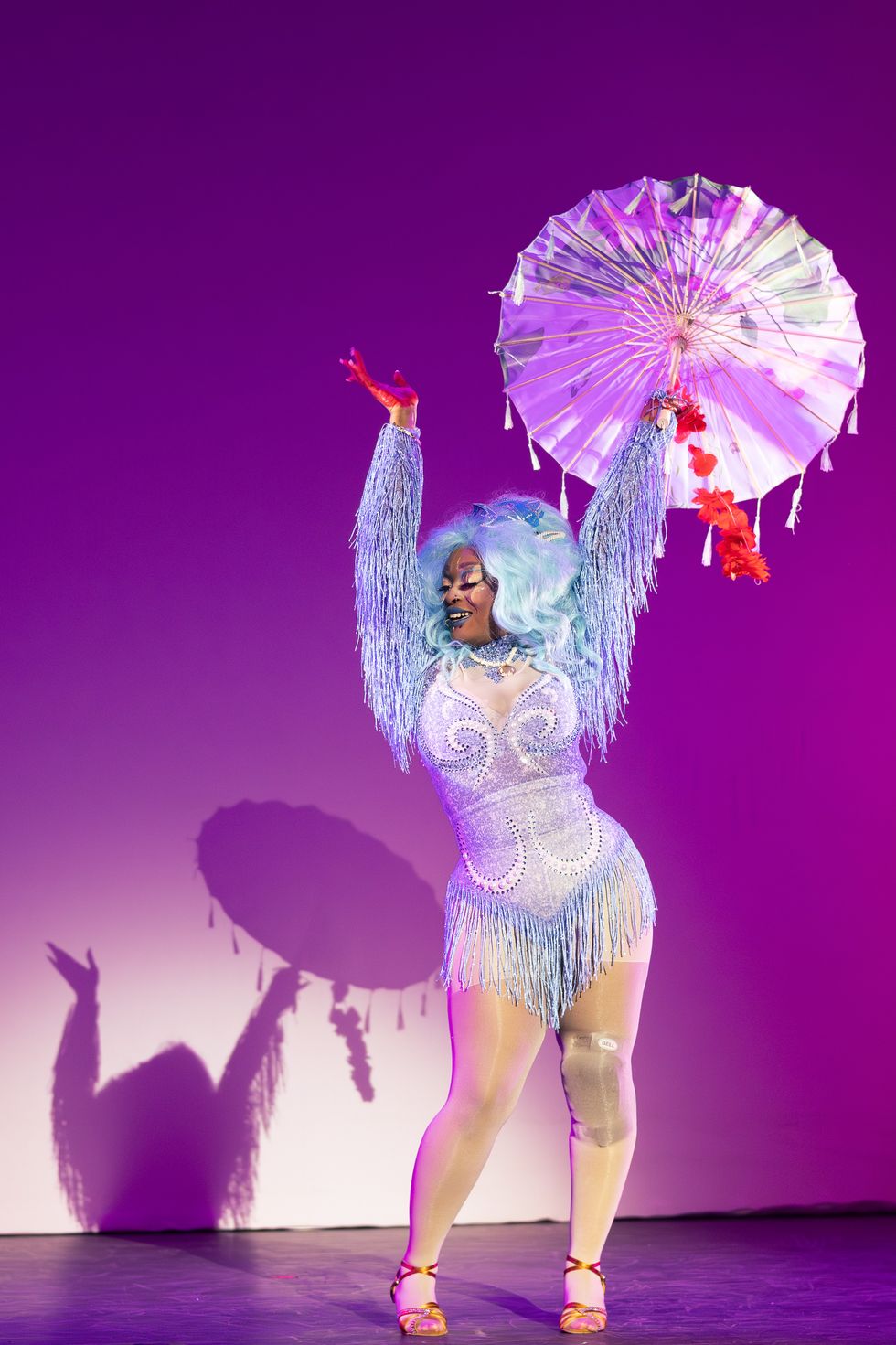Shocking... but how did this happen?
In the 1960s, toymaker Mattel released "Slumber Party Barbie," along with combs, hair rollers, and a sleeping bag. This Barbie set included a bathroom scale permanently stuck at 110 pounds, and a small book titled "How To Lose Weight." The only words written in the book were the all-capital exhortation, "DON'T EAT!" Decades later, this advice would re-emerge as the code word "I.D.E.A." used online by sufferers of eating disorders—short for the chilling slogan: I don't eat anymore.
Starting with their very first toy doll, girls are exposed to highly unrealistic images of female bodies, and are taught to model these images in their own lives. The ubiquitous Barbie doll is stated to be 5'9" tall and weigh 110 pounds—about 35 pounds below a healthy weight for a woman of that height. With these proportions, a woman would not have the necessary body fat to menstruate at all, and her body mass index would approach the "severely underweight" range.
The Yale Center for Eating and Weight Disorders has calculated how much an average healthy woman's body would have to change in order for her to have the proportions of a Barbie doll. They found that women would have to grow two feet taller, extend their neck length by more than three inches, gain five inches in chest size, and lose six inches in waist circumference. No woman could ever hope to achieve such impossible dimensions, and yet young girls are shown that this is a body to emulate.
The impact of these dolls on the self-image and eating habits of girls is very real, and very measurable. In a psychological study, girls from age five to eight were shown images of either a Barbie doll, or a more realistic "size 16" doll. Those who saw the Barbie dolls had less self-esteem and worse body image, and had a stronger desire to be thin.
When girls aged six to 10 were assigned to play with either a very thin doll or an average-sized doll, the children who had played with the thin doll ate significantly less food. The bodies represented by these popular dolls—the toy that every girl must have—are directly influencing how children see themselves, as well as how they feed themselves.
In an effort to better understand the reality of how far Barbie really is from the average woman, we created an infographic featuring a photo-realistic rendering of what Barbie would look like compared to an average woman, along with an apples to apples comparison of her dimensions to that of average women, anorexic women, and fashion models.
This project was created by Rehabs.com, as part of a larger report on eating disorders among young women. If you or someone you know are struggling with an eating disorder and want to discuss treatment options, please call 1-888-4-REHABS to talk to a caring advisor.
Jeff Smith is the CEO of Rehabs.com.















 Let us all bow before Gary, the Internet's most adventurous feline. Photo credit: James Eastham
Let us all bow before Gary, the Internet's most adventurous feline. Photo credit: James Eastham Gary the Cat enjoys some paddling. Photo credit: James Eastham
Gary the Cat enjoys some paddling. Photo credit: James Eastham James and Gary chat with Ryan Reed and Tony Photo credit: Ryan Reed
James and Gary chat with Ryan Reed and Tony Photo credit: Ryan Reed


 Rock deterioration has damaged some of the inscriptions, but they remain visible. Renan Rodrigues Chandu and Pedro Arcanjo José Feitosa, and the Casa Grande boys
Rock deterioration has damaged some of the inscriptions, but they remain visible. Renan Rodrigues Chandu and Pedro Arcanjo José Feitosa, and the Casa Grande boys The Serrote do Letreiro site continues to provide rich insights into ancient life.
The Serrote do Letreiro site continues to provide rich insights into ancient life.

 The contestants and hosts of Draggieland 2025Faith Cooper
The contestants and hosts of Draggieland 2025Faith Cooper Dulce Gabbana performs at Draggieland 2025.Faith Cooper
Dulce Gabbana performs at Draggieland 2025.Faith Cooper Melaka Mystika, guest host of Texas A&M's Draggieland, entertains the crowd
Faith Cooper
Melaka Mystika, guest host of Texas A&M's Draggieland, entertains the crowd
Faith Cooper


